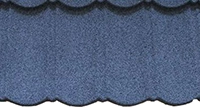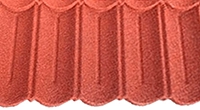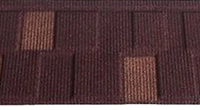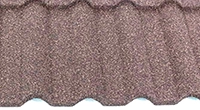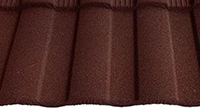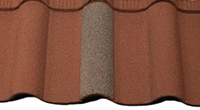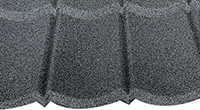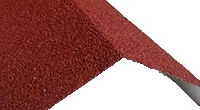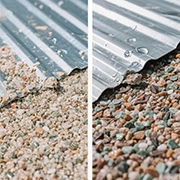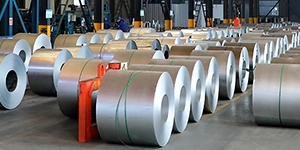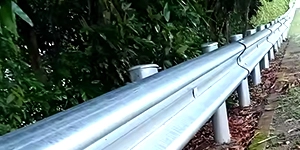What Are the Latest Industry Standards for Stone - Coated Metal Roofing Tiles?
The stone - coated metal roofing tile industry is constantly developing, and to ensure the quality, safety, and performance of the products, there are a series of latest industry standards. These standards cover various aspects such as materials, performance, and testing.
In terms of materials, the latest standards specify the requirements for the metal substrate. For example, galvanized steel used as a substrate must have a certain zinc coating weight to ensure good corrosion resistance. The zinc coating weight is usually required to be at least 100 grams per square meter. For aluminum - zinc alloys, the content of aluminum and zinc must meet specific proportions to achieve the desired mechanical properties and corrosion resistance. The stone particles used in the coating must also meet certain standards, including particle size distribution, hardness, and color fastness. The adhesive used to bond the stone particles to the metal substrate must be environmentally friendly and have strong adhesion.
In terms of performance, the latest standards have strict requirements for wind resistance. The tiles must undergo wind tunnel tests to determine their wind uplift resistance. In areas prone to hurricanes, the tiles must be able to withstand wind speeds of at least 110 miles per hour. For hail resistance, the tiles are tested by dropping hailstones of different sizes and weights onto them, and they must not have significant damage such as cracks or dents. Water resistance is another important performance index. The tiles must pass a water penetration test, ensuring that no water seeps through even after being exposed to heavy rain for a certain period of time.
Fire resistance is also a key part of the latest industry standards. Stone - coated metal roofing tiles are classified into different fire resistance grades based on their performance in fire tests. The highest grade requires the tiles to be non - combustible and able to prevent the spread of fire. This is particularly important in areas with a high risk of wildfires.
The testing methods specified in the latest standards are more scientific and accurate. For example, the corrosion resistance test involves exposing the tiles to a salt spray environment for a certain period of time and then evaluating the degree of corrosion. The color fastness test uses ultraviolet radiation to simulate long - term exposure to sunlight, and the color change of the tiles is measured to ensure that they do not fade easily.
In addition, the latest standards also pay attention to the environmental performance of the products. They require that the production process of stone - coated metal roofing tiles does not produce excessive pollutants, and the products themselves should be recyclable at the end of their service life.
These latest industry standards play an important role in regulating the market, protecting consumers' rights, and promoting the healthy development of the stone - coated metal roofing tile industry. Manufacturers must comply with these standards to ensure that their products meet the required quality and performance levels.
